Andrea Jennison & Tom Breeden are familiar names to anyone involved in Colorado photo education during the l970s and 80s. They met at CU Boulder while taking classes there alongside some of the photo department’s earliest graduate students, and after a few short detours they settled in Breckenridge at the Colorado Mountain College, where Andrea directed the school’s photo program while Tom taught classes and helped organize the program. Both of them have impressive portfolios of work accomplished along the way, and I was glad to have the opportunity to meet with them at their home in Lakewood, Colorado to look at prints and discuss their career paths, pre- and post CMC. This transcript has been edited with Tom and Andrea from interviews conducted in 2017 and 2022.
Andrea Jennison: image for the Constitutional Bicentennial Project, 1987.
RJ Andrea, when did you first get interested in photography?
AJ At Colby College in Waterville, Maine. My undergraduate minor was art history, major was French literature. With college friends I took lots of pictures. When I moved to Boston after Colby I took a class with Carl Chiarenza, and a friend and I set up a bathroom darkroom. In 1970 I traveled to Colorado to visit a friend who was a grad student at CU Boulder, and I took some classes in photography at CU. There I met Barbara Jo Revelle and Sue Robinson, photo grad students. Peter de Lory and Sandy Hume were also grad students in the program.
RJ Tom, how did you get your start?
TB I got interested in photography while in college. Several friends loved taking pictures. I was working and doing photography and learning about it. I was in a bad car wreck and got some money, so I didn't have to work for a while. I became kind of an itinerant photographer for about a year and was taking photo classes at CU with Charlie Roitz. There I met Andrea.
AJ We both had Bronica cameras (2 ¼ format), and Tom had extra lenses (telephoto and wide angle), which brought us together immediately, for me, at least... I didn't have extras to offer him! I applied to graduate schools and was on the waiting list at the Visual Studies Workshop. I should have gone there, but I went to Rhode Island School of Design. We're talking '72 and '73. It felt very chauvinistic at that time. That was the year they started admitting women and increasing the number of grad students. There were probably four women, who were very much a minority. Aaron Siskind and Harry Callahan were there. Aaron would say, "Hey Andrea, you still doing those whatchamacallits?" which were non-silver prints, blueprinting, gum printing, etc. I felt they were narrow in their thinking. RISD was a frustrating for me.
Andrea Jennison: Fenced Golden Retriever, from the Pet series, ca. 1977. Infrared.
RJ: After Rhode Island you came back to Boulder.
AJ: I did. I decided not to go the second year and went back to CU. I finished my degree there. When I graduated in 1975, Tom had started taking classes at Metro for a teaching certificate and had met Barbara [Houghton] who’d just arrived as photo instructor. We all got to be very close friends.
RJ: Did you feel a strong sense of solidarity with other women photographers?
AJ Well, strongly with some, strongly, yes. There was another lady at CU, Bonnie Lambert, who was in graduate school at the same time I was. Barbara Jo Revelle had just graduated. And then there were people coming through from Center of The Eye. We got to know Ellen Manchester and other Visual Studies people. It was great to find a number of women very serious about photography. We started a portfolio group, the Silver Source. There were eleven of us who arranged exhibitions at educational institutions across the country.
RJ Why did you feel the need to do that?
AJ After I got my MFA, I was teaching part-time at Metro and thought it would be good to learn more about national venues. We all thought it would give us a bit more exposure. The Denver Art Museum was just starting to collect local photography at this time. Lewis Story purchased one of my earlier works from the infrared Pet series. Photographers from the Denver-Boulder became more aware of the museum and other fine art venues and how to be the part of the growing art scene.
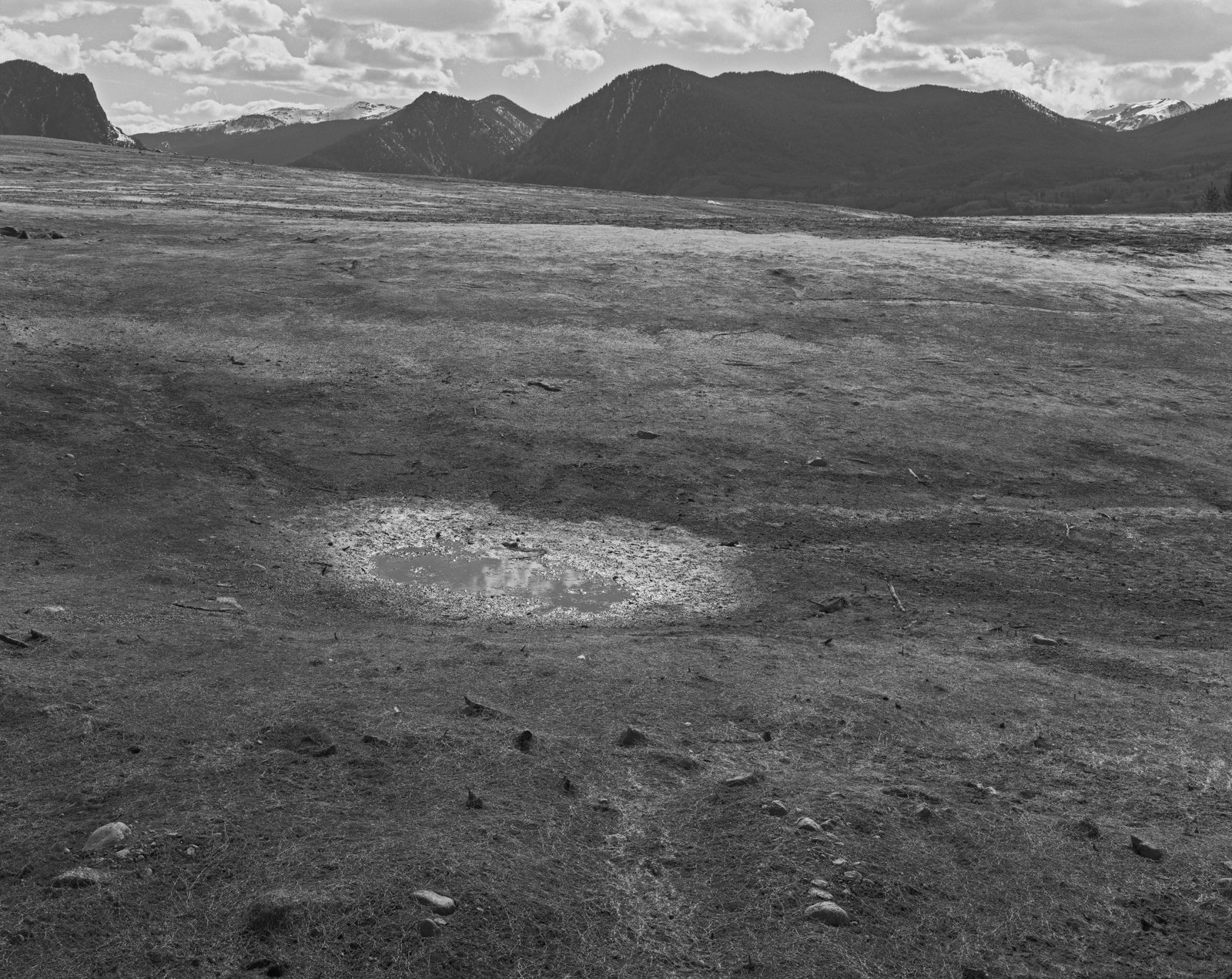
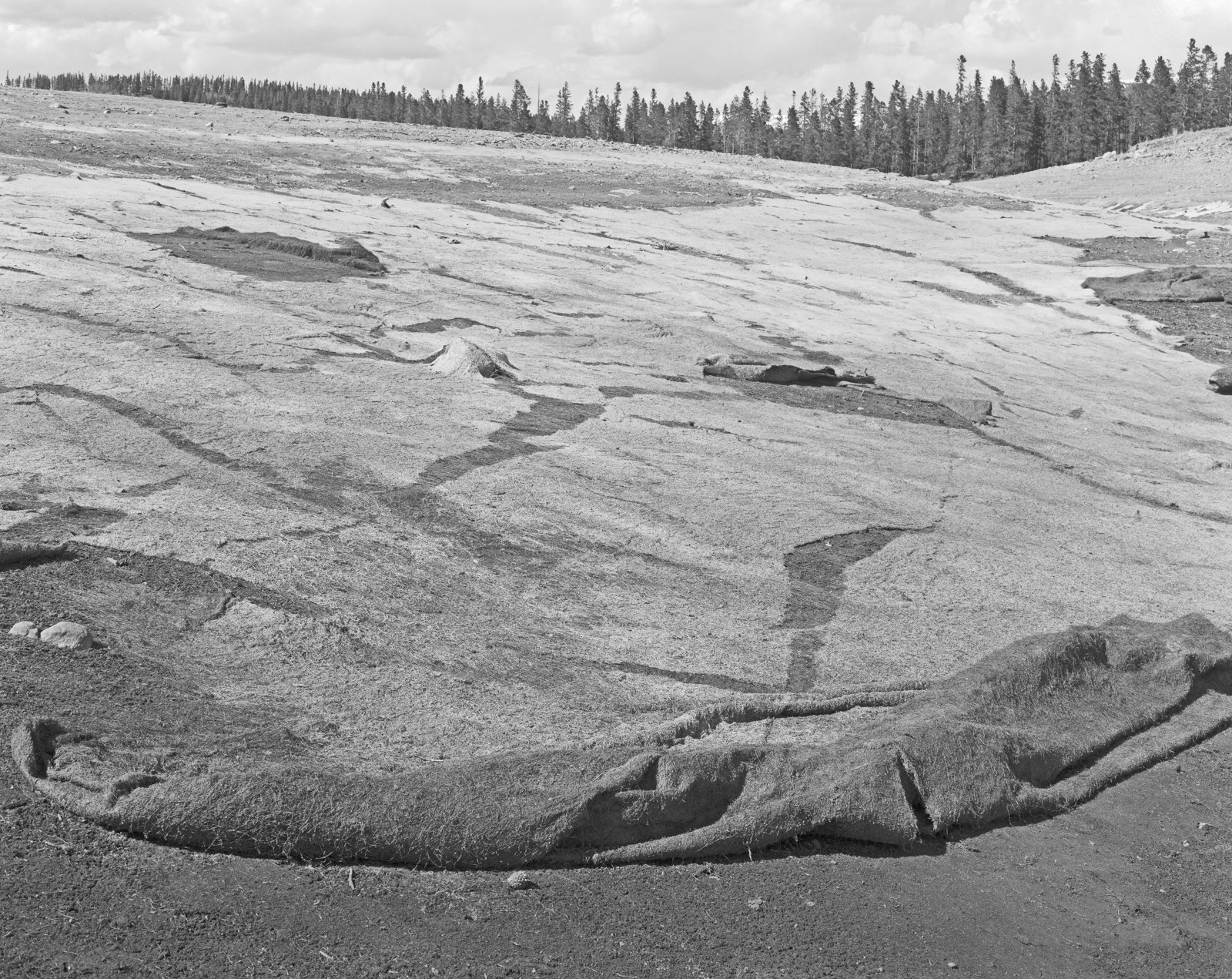
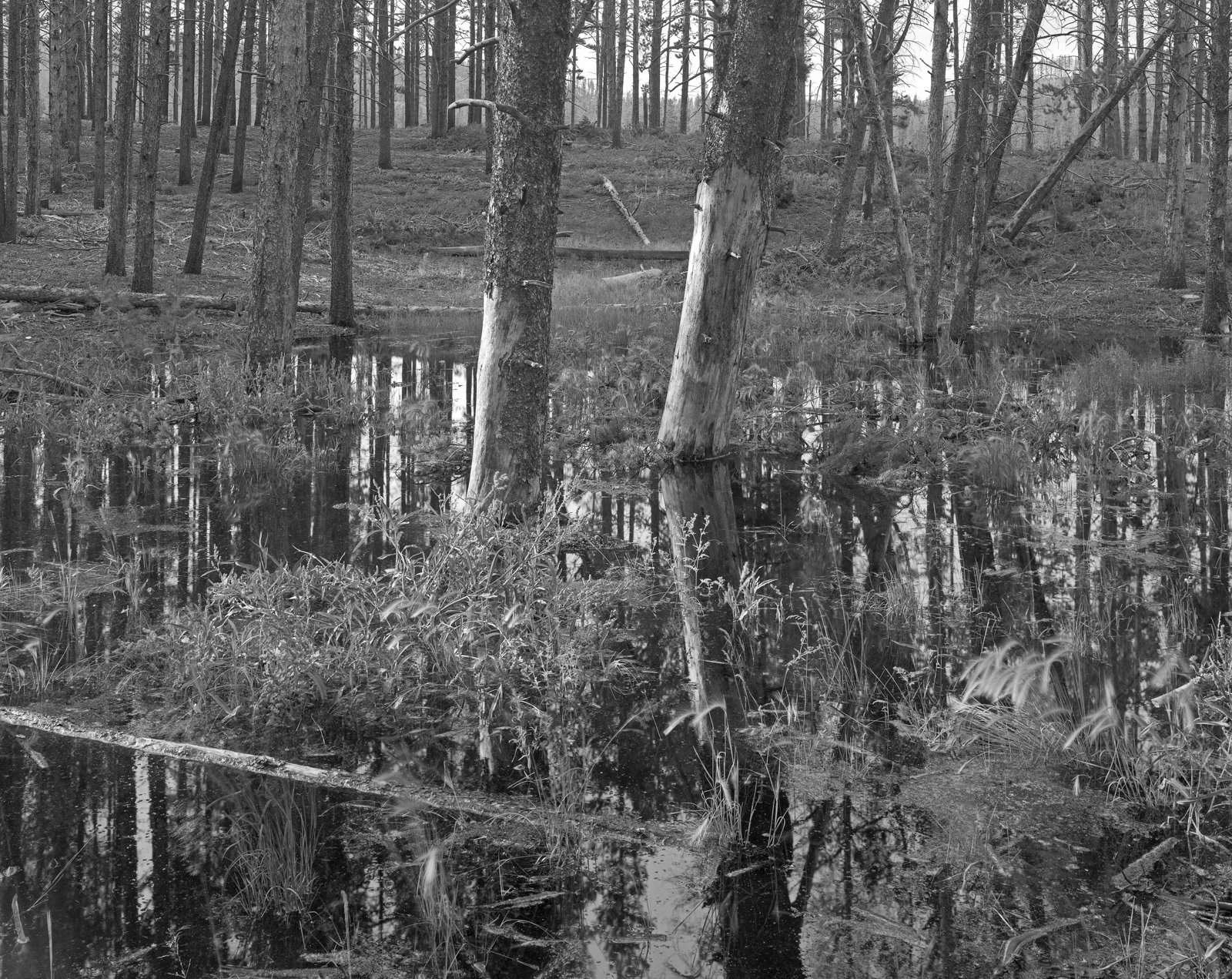
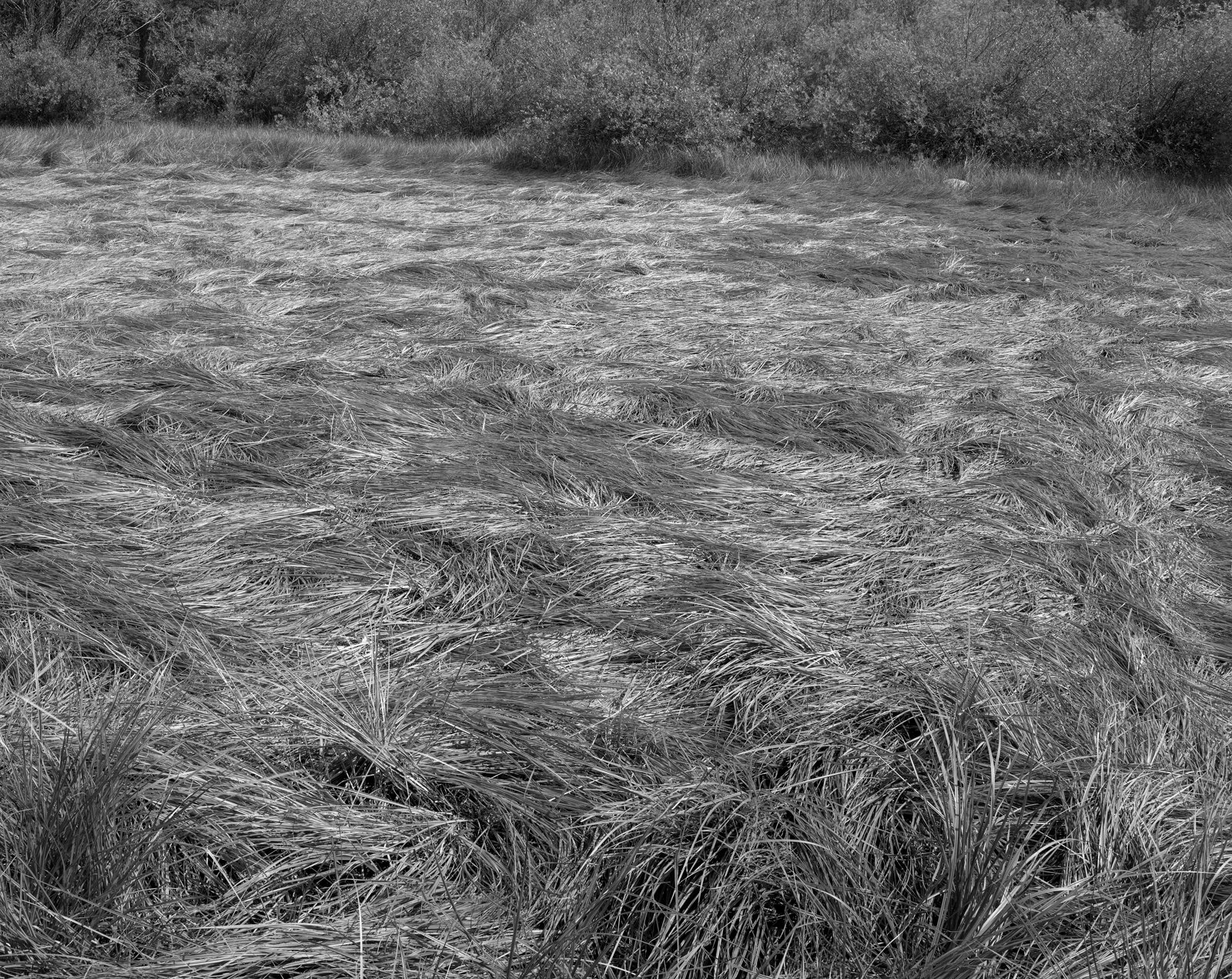
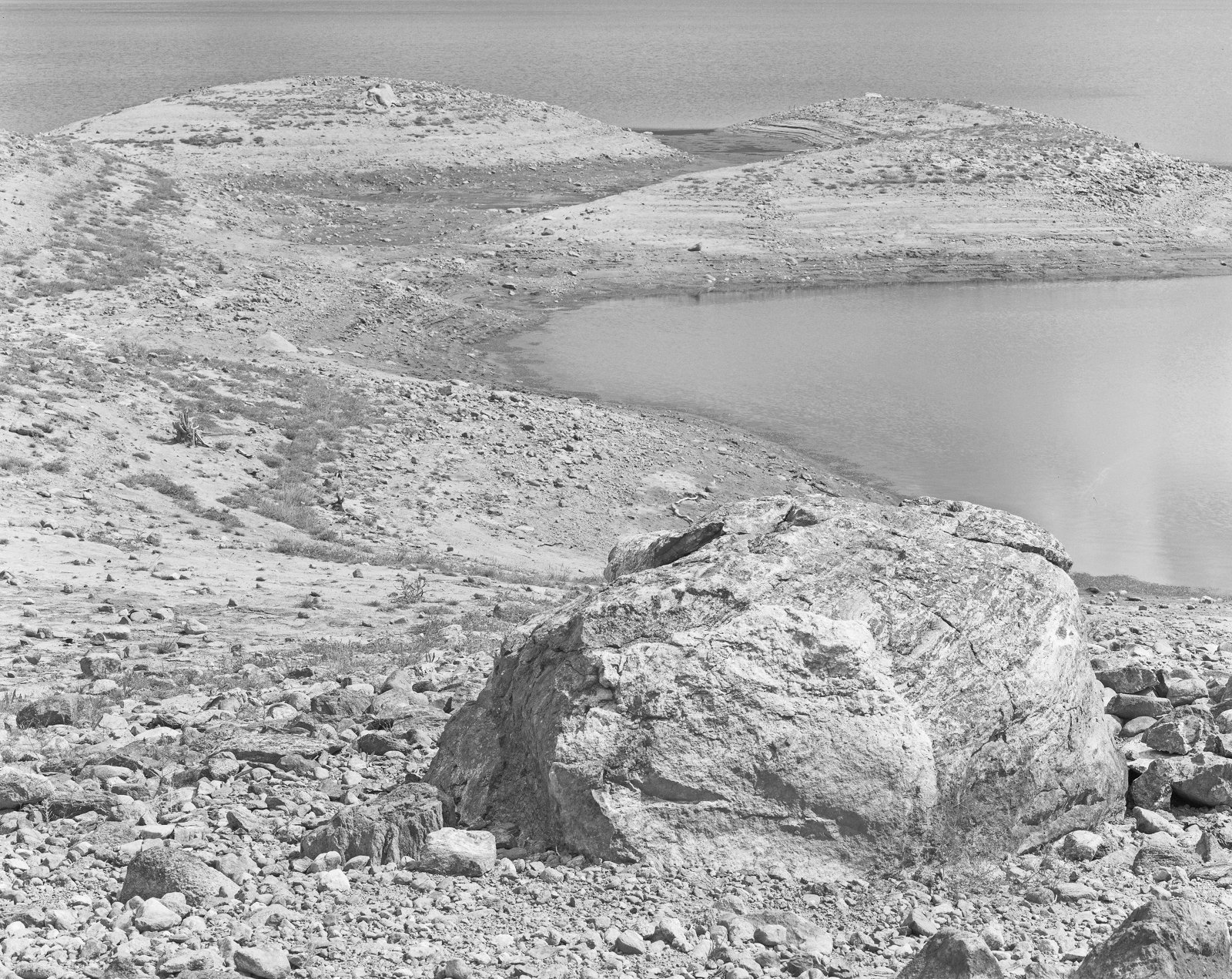
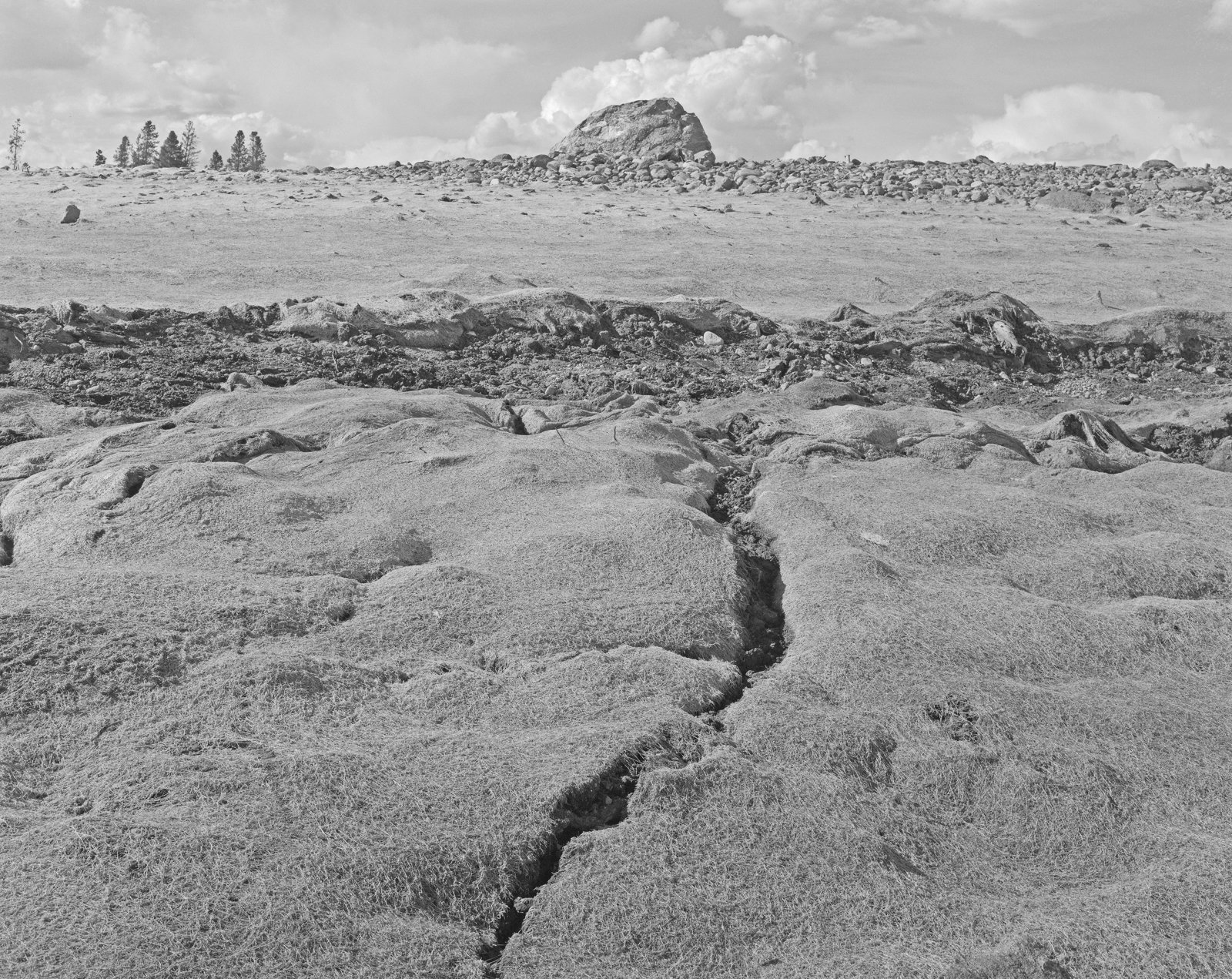
Above: Tom Breeden, from the Lake Dillon series, ca 1980. TB: I made the “Lake Dillon” series when we were in Breckenridge, which would've been the eighties. '79 to '80. These were all 4 x 5, Zone System. Lake Dillon was really, really low, and there was a kind of moss undercoating on the bottom. Normally water was all you saw. But that year, the water receded, revealing a unique texture. How visually fascinating.
RJ How long did you stay in Denver, teaching at Metro?
AJ Well, I was only teaching there for a couple of years, part-time, the adjunct syndrome. We moved to Cheyenne, Wyoming, because Tom got a job teaching art in an alternative high school. [A year later] I got the job running the photo program at Colorado Mountain College in Breckenridge. We arrived there the end of fall of ‘79, I think. I was hired as director and instructor of photography. Tom was an adjunct, and he helped a lot with the programs. Ellen Manchester had started the program along with Mark Klett and JoAnn Verburg and Kenda North. I think maybe Kenda was there for another year, before she got a teaching position in California. Barbara Houghton was a very close contact, and we worked a lot on people we could bring in for summer programs, and develop a fresh and varied approach to workshops.
TB I taught some photography there part-time. Andrea had the official job, year-round teaching and summer program.
RJ CMC Breckenridge is famous for its July 4th gatherings—you did those every year?
AJ We did, ‘till about the last year. We tried to think of interesting photo topics for the symposia. I remember the title of the first conference "Organizing Chaos and Photography." [Laughs.] During the summer, photographers from across the country tried to get as many lectures in different places as they could, and we wanted them to make it worthwhile for them to come to Breckenridge. We offered free housing. We couldn't give them a lot of money, but they got to stay and enjoy the mountains.
Above: Andrea Jennison, from “Breckenridge Studies,” ca. 1980. AJ: I did take a lot of photos in Breckenridge area. The Breckenridge Studies is an ongoing account of paradoxical ski resort impressions. On the one hand Breckenridge was growing the trappings of a fast-paced, up-scale, fashionable, ski town; yet on the other, it remained a small, isolated mountain community with vestiges of its mining town heritage. The series served as a photographic investigation and interpretation of Breckenridge’s complex identity.
RJ How long were you both at CMC?
AJ I guess it was seven years in Breckenridge, and then the last year I taught classes at Leadville, which had fine arts and some commercial classes. In Breckenridge Tom and I both taught fine arts classes, and I did a photojournalism and studio lighting class. Ultimately, my position was eliminated as CMC Breckenridge changed emphasis to other areas, and CMC generally couldn't justify full-time faculty at the centers like Breckenridge. To get by I did both chambermaid and printshop work. At the printshop I learned typesetting and copy camera work for publication.
RJ: I'm assuming that was because of the recession, and maybe there wasn't enough political support for the program?
AJ: It was really difficult to sustain a year-round photo program in Breckenridge. I ended up calling people and writing people, sending postcards (no internet then) to spark re-kindle their interest to take another class. It was hard to get the year-round students. They really came to either work at the ski slopes or be a ski bum.
TB: After CMC, Andrea and I came down into Denver and I needed a more lucrative career. In Breckenridge I’d been working in a print shop, and was going to school to get certified in teaching art. Back in Denver I was subbing, then I got hired at Aurora Central High School and taught photography there for three or four years. A job came up at Overland High School in Cherry Creek School District. I stayed there for three years, but got eliminated. Then I was sub teaching and doing odd things.
Above: Tom Breeden, High Plains series, ca. 1980s. TB: I shot the High Plains images on the outskirts around Cheyenne, Wyoming, probably from the mid-seventies to the mid-eighties. And it's a minimalist approach because I was interested in the horizon line and what was going on there. Just that minimal space between the sky and the prairie.
Below: Andrea Jennison, Rocks Series, ca. 1980s. AJ: The Rock Series, begun earlier in Denver, was a way to relate to the landscape generally, how rocks, though in different environments, exist everywhere.
TB: The internet started developing right at that time. HTML came out and online activity was starting to replace print, especially the Yellow Pages. Anyway, I went to US West, which then became Qwest, which then became CenturyLink, and worked there for twenty years doing a lot of behind-the-scenes coding. Andrea and I did photography on the side, and it became more digital. It became easier and easier to take digital pictures wherever we were going. Much quicker when raising young children!
RJ What were you doing professionally after CMC, Andrea?
AJ We moved back to Denver in the late 80s, and I was adjunct teaching again until 1992: CU Boulder, Metro, DU and Arapahoe Community College. At the same time, I worked at a couple of computer graphics shops too.
Above: Tom Breeden: Wyoming Rest Stops, ca. 1980s” TB: We were doing a lot of traveling with the kids, I think, in Wyoming, going up to Yellowstone, up to the hot springs, Thermopolis. And again, this for me was the ultimate reflection of Wyoming. These kinds of rest stops with minimum facilities to them, just a picnic table, someplace to stop and pull out your lunch and eat and move on.
RJ Andrea, I wanted to ask you about one of your photographs I saw in Ellen Manchester's book, “Colorado: Visions of an American Landscape,” called "View From the Porch, Pine Creek Ranch Near Buena Vista, 1986." (B&W image below)
AJ: The photo was taken for the Constitutional Bicentennial Project ("America's Uncommon Places: The Blessings of Liberty," sponsored by SPE, Eastman Kodak, and the National Trust.) The bungalow itself was a Sears kit house, brought there in pre-cut pieces via rail. [Looking at other prints.] This series is from my “Reflective Studies: Lucile's House" (Below). That was my mother's house, and I think that was my first real foray into color coupler materials.
RJ Now you are both still working with photographs. Tom, you’re reprinting a lot of work digitally, and Andrea, I think you’re making prints of gardens and vegetation, from your garden?
AJ Most of these photos have been taken in my gardens, but not all… I like working with random structural elements and changing seasonal colors, textures… Again, the series (below) is an umbrella for approaching the landscape.
The Colorado Photo History blog is the online presence for “Outside Influence,” a book project by Rupert Jenkins. As always, please leave a comment or a suggestion for future posts, and visit @coloradophotohistory on Instagram.
#coloradophotohistory @coloradophotohistory #outsideinfluence @cophoto2022 #coloradomountain college #andreajennison #tombreeden


















